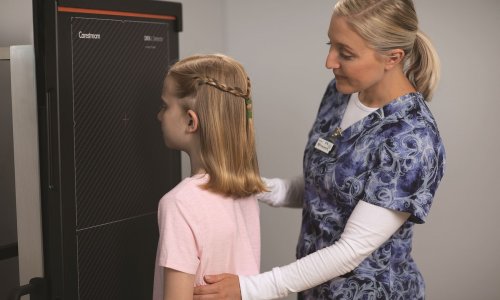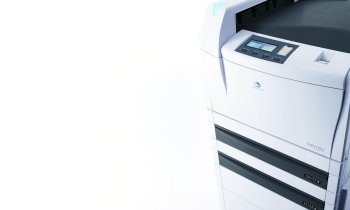3D printing
Carestream integrates Materialise service to produce 3D-models
Carestream is highlighting the results of its collaboration with Materialise NV by showcasing a Web-based printing service, AnatomyPrint, which generates 3D anatomical models from STL files at RSNA (Booth #4704).

Materialise (Booth #7808) is a leading provider of additive manufacturing software and advanced 3D printing solutions in the medical and industrial markets. Their new printing service will integrate with Carestream’s Clinical Collaboration Platform (video link) to export segmented data as STL files. Materialise can use these files to generate detailed 3D printed models for healthcare providers, which equips them with easy access to certified 3D printing.
“Our printing service enables healthcare providers to quickly and effortlessly send imaging data to our company, which is a premier supplier of 3D models used in medical applications,” said Brigitte de Vet, Vice President of Materialise Medical Unit. “This technology can help a clinician visualize the anatomy in 3D, which can assist in providing improved patient outcomes.”
3D printing is currently being used in a variety of medical applications ranging from training to diagnostic and therapeutic applications. Many centers are starting up their own 3D printing activity and are looking for access to the technology. In this new collaboration, Materialise and Carestream are providing easy access to high-end 3D printing services from their existing clinical workflow. “Carestream’s scalable, standards-based enterprise image management platform allows healthcare providers to easily adopt new services that can help enhance diagnostic and treatment processes,” said Ron Muscosky, Carestream’s Worldwide Product Line Manager for Digital Medical Solutions. “We strive to create alliances with companies that offer products and services that can help our customers achieve a higher level of care for their patients.”
Materialise experts create 3D anatomical models using a variety of materials, technologies and colors. With continuing advances in computer and 3D printer technology it has been possible to develop more realistic models of the human body in recent years.
Source: Carestream
22.11.2016











